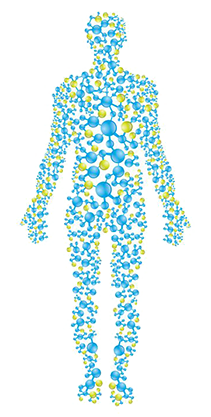ELKINS PARK, Pa - October 14, 2013 (WPVI) -- After spending the summer cleaning the building, delaying the start of class a week to finish the job, and then shutting down two classrooms and the cafeteria just a couple of weeks into the semester, mold is still a problem at Cedarbrook Middle School.
Parents we spoke to say it's time for a solution.
"The Band-Aid just doesn't work. It's time to take the Band-Aid off and do something rather constructive and fix it. Our children's health is at risk," parent Denise Marshall said.
As of today, there are now 12 classrooms closed, along with the cafeteria, after air-quality tests turned up positive for mold.
School officials say they're doing their best to reshuffle classroom assignments while the district decides what to do next.
"The kids are doing great. We have signs around the building that let them know where to go. They are rolling with the punches," Susan O'Grady of the Cheltenham School District said.
The Cheltenham School District has already spent more than $500,000 trying to clean this moldy mess. Now, the remaining options promise to be considerably more expensive.
It could cost as much as $25-million to fully rehab Cedarbrook while building an all new school will take three years and cost approximately $50-million.
We spoke with parents who say the primary issues are the health of students and staff and fixing this problem as cost-effectively as possible.
But the other issue is the effect this is having the students' ability to learn.
"We've had a lot of disruptions and we would just like a fix and the least disruption as possible," parent Lori Rivkin said.
Several options remain on the table including using modular classrooms or moving the students to other schools in the district as Cedarbrook Middle School is either rehabbed or rebuilt.
District meetings are being held Monday night at Cheltenham High School and Elkins Park Elementary School.
(Copyright ©2013 WPVI-TV/DT. All Rights Reserved.)





